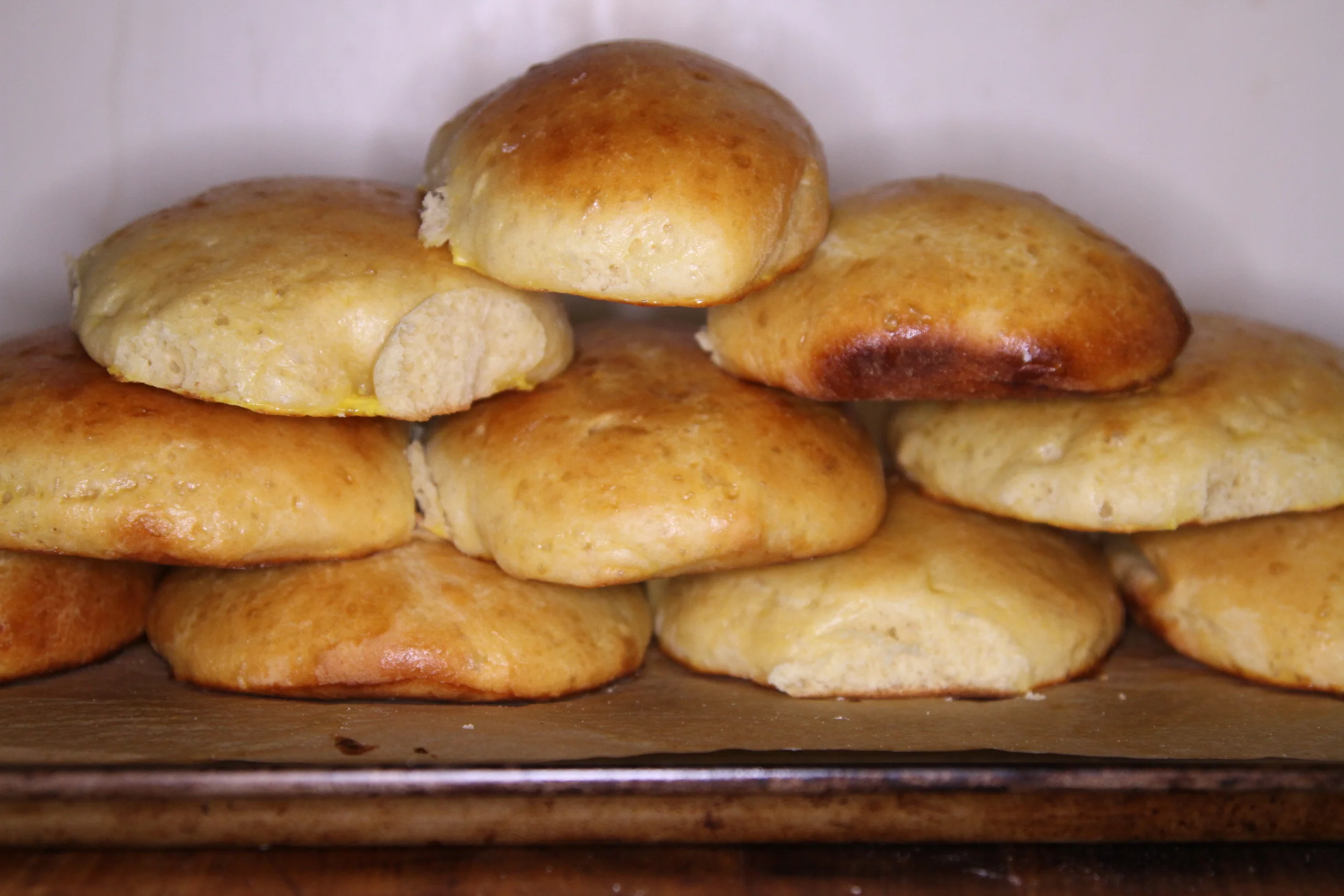Far Afield, by Shane Mitchell

Travel journalist Shane Mitchell’s first book, Far Afield, is beautiful and hard to define. There are recipes but it’s not a cookbook; there are photos, but it’s more than a coffee table display; the writing is effective and, and times, transcendent, but it’s on the short side. In each chapter, Mitchell and photographer James Fisher visit a far-flung place (Kenya, Uruguay, Hawaii), have a small adventure, and report back with recipes. It’s unsentimental, and although the book reminds us that we’re seeing some of the oldest and rarest food traditions on earth, it’s not precious. There’s no Tina Fey moment where the music cuts out and she stops to explain how she got there, or why she knows these people. I liked her matter-of-fact attitude, as if obviously there’s nothing unusual about buying goats to eat with Maasai warriors in the Great Rift Valley, we all should try it sometime. (I’m sure they’re on Yelp.)
While strictly speaking, there aren’t a ton of recipes, the ones that made it in are solid and worth making. I couldn’t tell if she had any trouble translating foreign ingredients – my impression is that she didn’t bother, and I respect that. The Icelandic spice cake is basically a gingerbready version of Edna Lewis’ Busy Day Cake – some ideas are bigger than their culture. The Kuku Wa Rojo, from a chapter on Kenya’s Lamu Archipelago, was delicious and easy enough to put together. Once you make the coconut rice, you’ll realize that there’s no reason to ever cook rice in plain water again.
Xocolatl (Mexican hot chocolate)
And then there’s the chapter on Day of the Day celebrations in Mixquic, Mexico, one of the most effective ‘travel’ essays I’ve read in a decade. Taken with the chapter written about migrants in “The Jungle” in Calais, France, it’s an argument that food writing can just be so much better than it is, and why isn’t it always so much better? They almost made me angry. Also, the photography is great, although you won’t find many pictures of what the recipes should look like. I was okay with that, the idea seems superfluous all of the sudden.
Anyway, I like that there was no attempt to draw overreaching parallels and have a big global “kumbaya” moment at the end. America is over kumbaya at the moment, and the people in this book don’t owe readers any lessons or context. They have provided food, though, and that’s enough.
make this one thing:
farmhouse spice cake
2 cups AP flour
1 tsp unsweetened dark cocoa powder
1 tsp ground cardamom
1 tsp ground cloves
2 tsps ground cinnamon
1 tsp baking soda
2 tsps baking powder
1 cup (2 sticks) butter, at room temperature
1 cup sugar
2 large eggs
1 1/2 cups whole milk
Preheat the oven to 350F. Butter a springform pan.
In a bowl, combine the flour, cocoa, spices, baking soda, and baking powder.
With a hand or stand mixer, cream the butter and sugar together until light. Add the eggs and continue beating at minimum speed.
In three batches, add the flour mixture to the butter mixture, continuing to blend, and then slowly add the milk and blend until the batter is smooth. Pour into the prepared pan.
Bake for 50 to 60 minutes, until firm. Cool on a cake rack before serving.
*This is good on it's own, but the book mentions that Icelandic people also put rhubarb preserves on everything, and I had a jar from last spring and went with it. Highly recommended!







